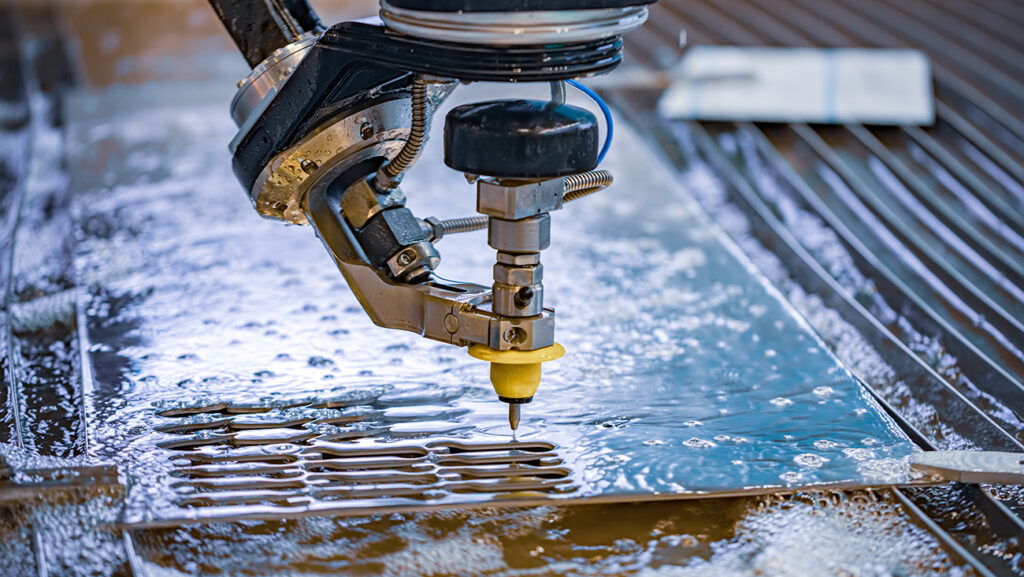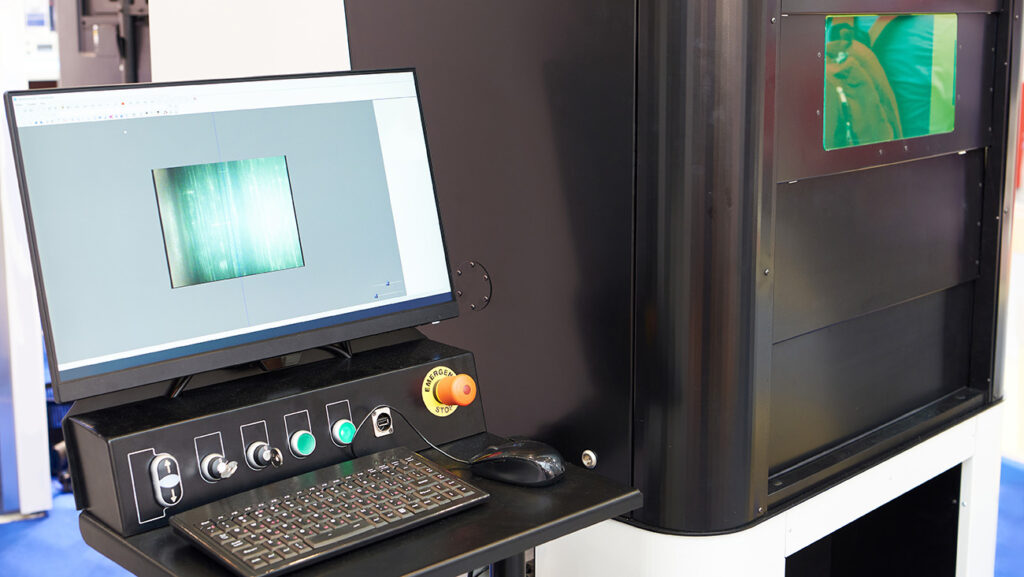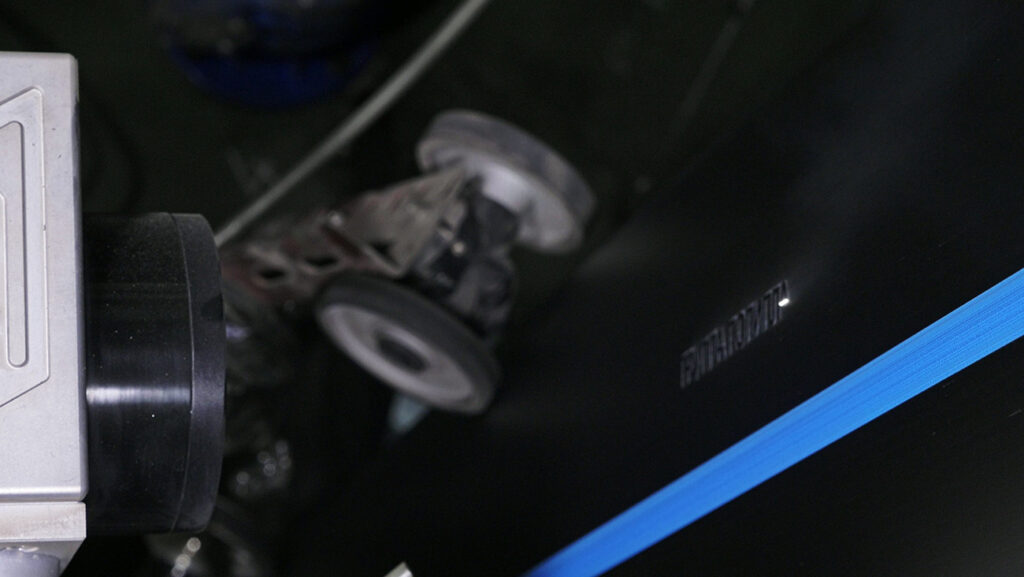Understanding the Difference Between Laser Cutting and Waterjet Cutting
Posted on January 28, 2025 in Blogs

Laser cutting and waterjet cutting are two of the most widely used manufacturing processes for precision material cutting. While both methods offer distinct advantages, understanding their differences is essential for selecting the best solution for your project. This article breaks down how laser cutting and waterjet cutting work, their key differences, and when to choose one over the other.
1. How Laser Cutting Works
Laser cutting uses a highly focused beam of light to melt, burn, or vaporize material along a precise cutting path. It’s a non-contact process, which makes it ideal for producing clean, intricate cuts on various materials.
Key Features of Laser Cutting:
- High Precision: Capable of cutting with tolerances within microns.
- Speed and Efficiency: Faster cutting speeds, especially on thinner materials.
- Material Versatility: Suitable for metals, plastics, wood, and ceramics.
- Minimal Waste: Generates little waste due to precise cutting.
2. How Waterjet Cutting Works
Waterjet cutting uses a high-pressure stream of water, often mixed with abrasive particles, to cut through materials. The process is entirely mechanical and does not generate heat, making it suitable for heat-sensitive materials.
Key Features of Waterjet Cutting:
- Cold Cutting Process: No heat-affected zone (HAZ), preventing thermal distortion.
- Thick Material Capability: Can cut through materials up to several inches thick.
- Material Compatibility: Effective on metals, stone, glass, composites, and rubber.
- Environmentally Friendly: Uses water and natural abrasives, producing minimal hazardous waste.
3. Key Differences Between Laser Cutting and Waterjet Cutting
| Feature | Laser Cutting | Waterjet Cutting |
| Cutting Method | Focused laser beam (thermal) | High-pressure water and abrasive (mechanical) |
| Materials Processed | Metals, plastics, wood, ceramics | Metals, stone, glass, rubber, composites |
| Material Thickness | Best for thin to medium-thick materials | Can cut very thick materials (up to 12 inches) |
| Edge Quality | Smooth, precise cuts with minimal finishing | Smooth edges, but may need secondary finishing |
| Heat Affected Zone | Small HAZ (possible thermal distortion) | No HAZ—ideal for heat-sensitive materials |
| Speed | Faster on thin materials | Slower, especially on thick materials |
| Environmental Impact | Requires energy and produces fumes | Uses water and abrasive—more eco-friendly |
4. When to Use Laser Cutting vs. Waterjet Cutting
Choose Laser Cutting When:
- Precision and intricate designs are required.
- Thin to medium-thick metals and plastics need to be cut.
- Minimal post-processing is desired.
Choose Waterjet Cutting When:
- Cutting heat-sensitive materials (e.g., glass, rubber, composites).
- Very thick or multi-layered materials are involved.
- Material integrity must remain unchanged without thermal distortion.
5. Industry Applications
Laser Cutting:
- Medical Devices: Precision cutting of surgical instruments and implants.
- Electronics: Detailed cutting of circuit boards and enclosures.
- Aerospace: Lightweight metal components with intricate designs.
Waterjet Cutting:
- Automotive: Cutting thick gaskets and custom metal parts.
- Construction: Shaping stone, marble, and glass for architectural designs.
- Aerospace: Cutting composites and heat-sensitive materials.
Both laser cutting and waterjet cutting offer unique advantages depending on material type, thickness, and project requirements. Laser cutting is ideal for precise, fast cuts in metals and plastics, while waterjet cutting excels in processing thick, heat-sensitive, or composite materials without thermal distortion.
Need help deciding which cutting method is right for your project? Explore Accumet’s laser and precision cutting services to find the best solution for your needs.



